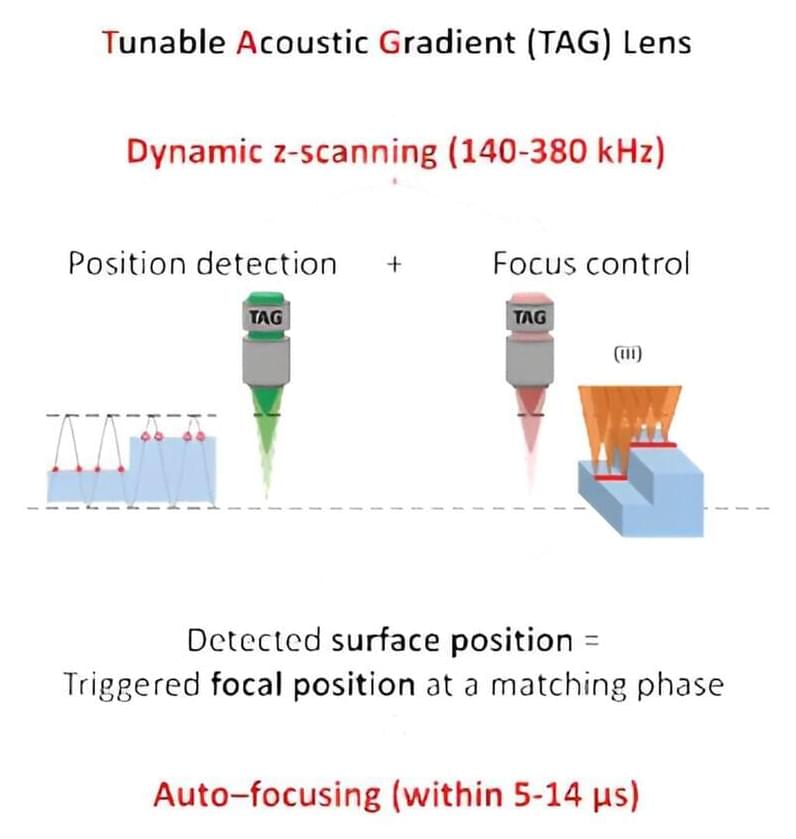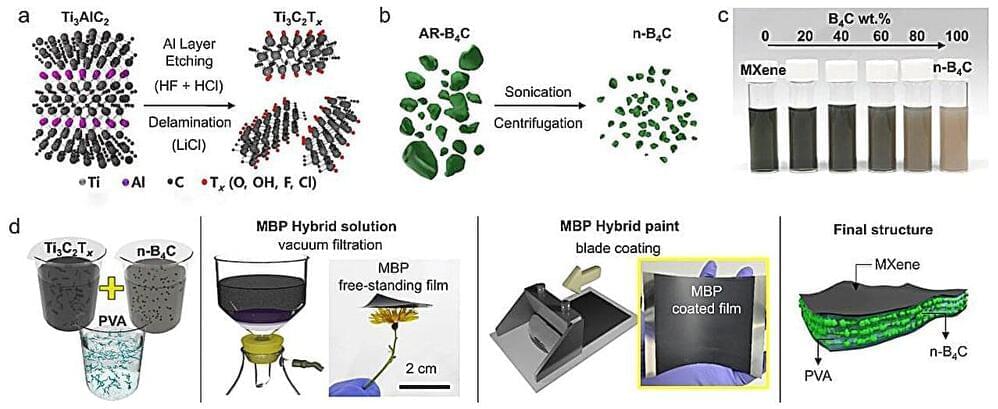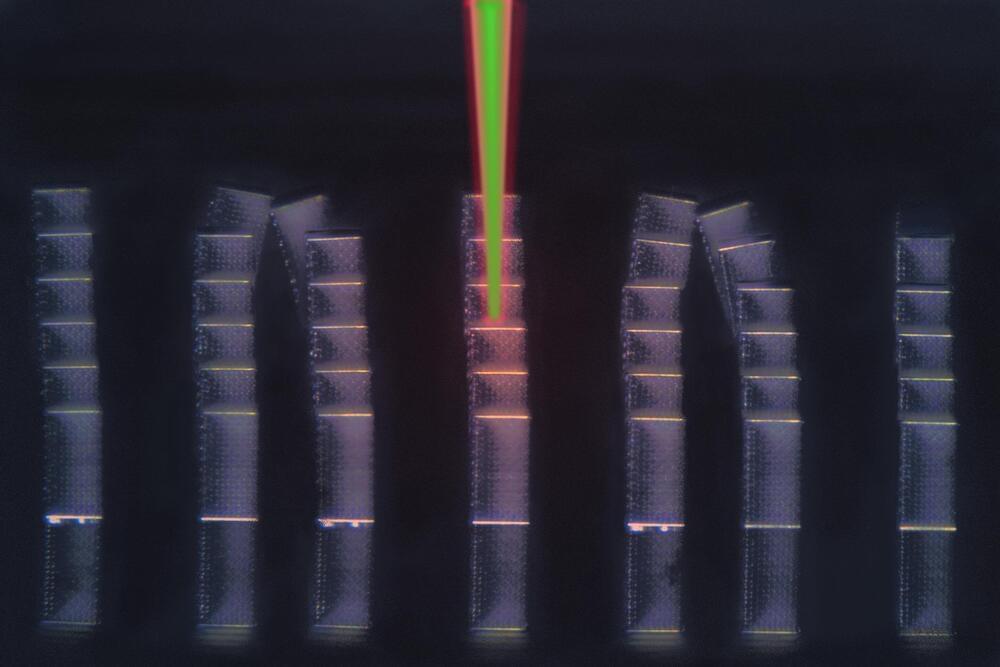Nov 23, 2023
Dynamic z-scanning for ultrafast auto-focusing in laser processing
Posted by Saúl Morales Rodriguéz in categories: engineering, mapping, transportation
In laser-based manufacturing, accommodating non-flat, or changing surfaces has traditionally been labor-intensive, involving complex focus mapping procedures and or ex-situ characterization. This often results in repositioning errors and extended processing times.
To address these issues, ultra-high-speed auto-focusing in laser processing has been developed. Whereas most auto-focusing techniques still require the mechanical motion of a motorized stage. This mechanical movement in the beam propagation axis can be significantly slower than the lateral speed, slowing down the process of surface detection and re-alignment. Furthermore, it requires feedback, control, and sensing methods in order to determine the optical focal position.
In a new paper published in Light: Science & Applications, a team of researchers, led by Professor Craig B. Arnold from the Department of Mechanical and Aerospace Engineering at Princeton University, U.S., developed a fast method to simultaneously track the specific location of a surface and adjust the focus of an optical system. They employed axial varifocal optics, specifically a TAG lens, which operates at 0.1−1 MHz, bypassing delays from the mechanical motion in the beam propagation direction.















